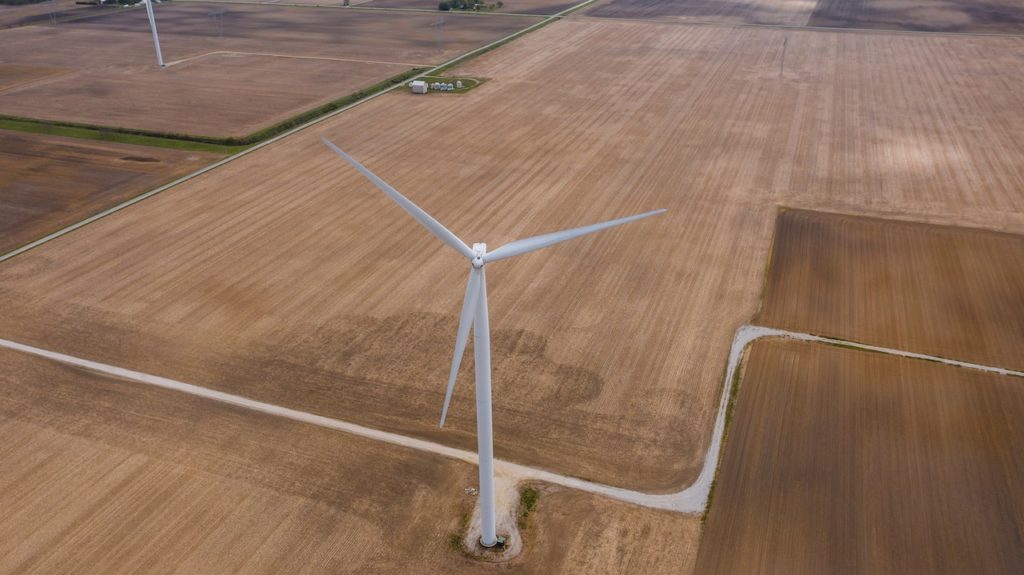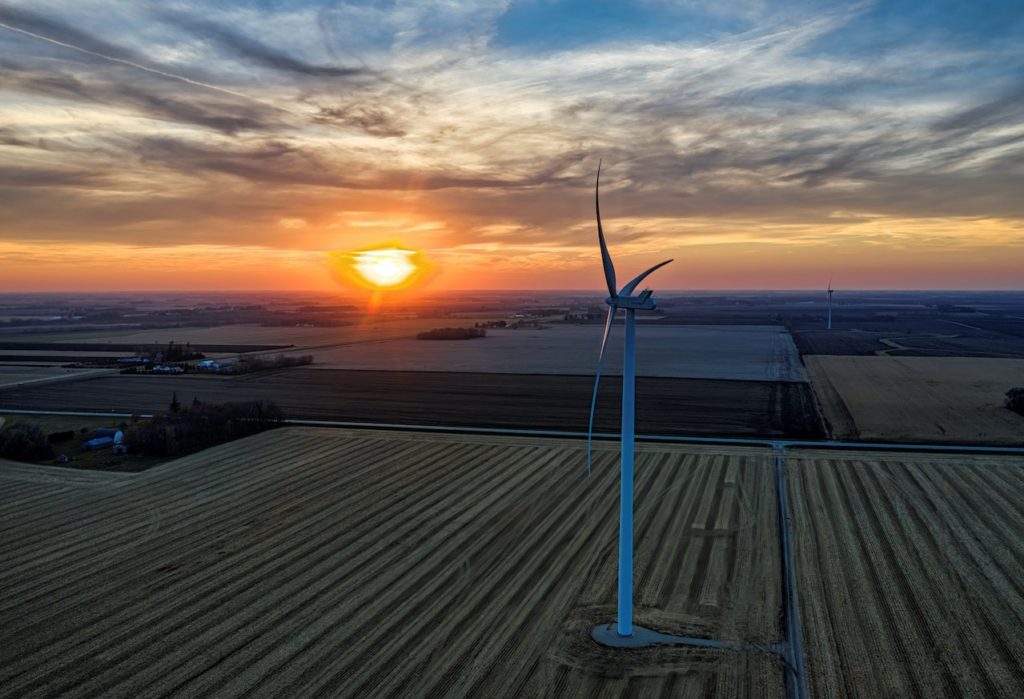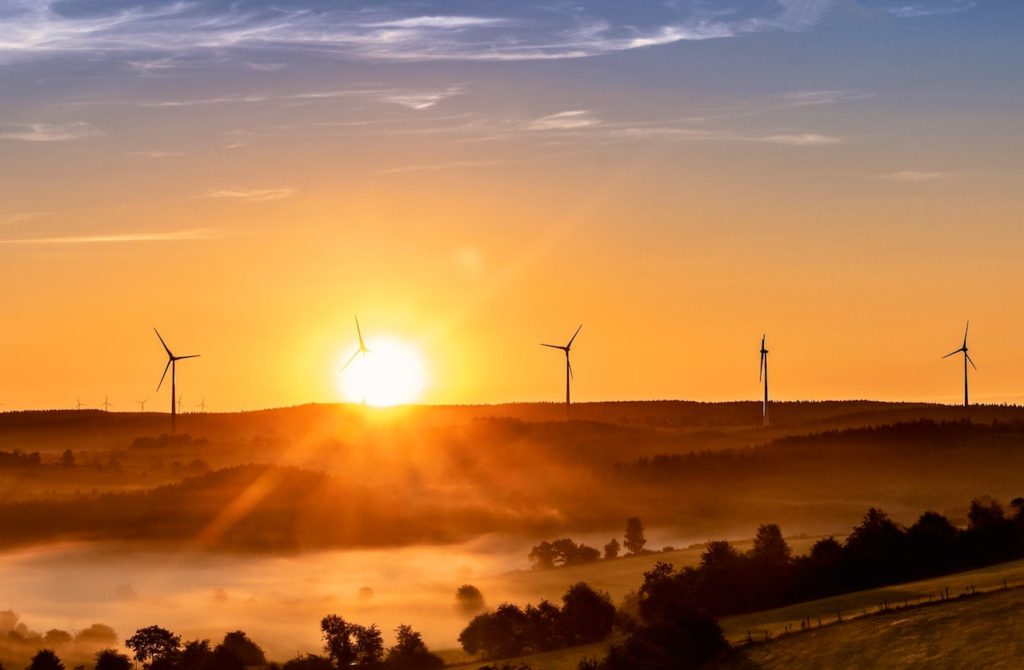The current global energy landscape is characterized by a mix of traditional fossil fuels and an increasing integration of renewable energy sources. In recent years, renewable energy has gained a lot of traction. Globally, fossil fuels like coal, oil, and natural gas are the dominant energy sources.
Environmental concerns, including greenhouse gas emissions and air pollution, have led to an increasing emphasis on switching to cleaner, more sustainable alternatives. To reduce carbon emissions, combat climate change, and achieve energy security and independence, governments, businesses, and individuals are increasingly investing in renewable energy technologies and infrastructure.
The cost of solar panels has dropped and their efficiency has improved, resulting in a remarkable growth of solar power. It is now one of the fastest-growing renewable energy sources in the world. There has also been substantial development in wind power, with improvements in wind turbine technology and increased investment in wind farms.
The hydropower sector remains an important part of the global energy mix despite its long history as a source of renewable energy. Despite concerns about their environmental impact and displacement of local communities, large-scale hydroelectric dams are still one of the best sources of consistent and reliable electricity.
Using biomass energy facilitates the production of heat and electricity, which originates from organic matter such as agricultural waste and forestry residues. In the case of sustainably managed biomass, which avoids deforestation and ensures the regeneration of biomass feedstocks, biomass is considered a renewable energy source.
Geothermal energy generates electricity or provides direct heating and cooling by harnessing the heat from Earth’s interior. In geothermal regions such as geysers or volcanic areas, geothermal power plants provide renewable energy that is secure and reliable.
Energy consumption in the world is still dominated by fossil fuels despite the rapid growth of renewable energy. Among the challenges associated with the transition to renewable sources is the intermittency of some renewables, grid integration, and energy storage. Furthermore, the fossil fuel industry influence is maintained by existing infrastructure, economic interests, and geopolitical factors.
As a result of global efforts to decarbonize and a growing awareness of renewable energy sources as environmentally, socially, and economically beneficial, the transition toward a more sustainable energy future is inevitable. Renewable energy continues to be supported by policies, incentives, and targets implemented by governments worldwide, and technological advances continue to improve their efficiency and affordability.
A transformation is taking place in the global energy landscape, with renewable energy sources increasingly playing a significant role. To achieve a sustainable, low-carbon future and mitigate the impacts of climate change, renewables must be integrated alongside traditional fossil fuels. The use of renewable energy sources helps to address environmental concerns, reduce dependence on fossil fuels, and ensure a sustainable future.
Energy Security and Independence

Energy security and independence are crucial in ensuring a stable and sustainable energy supply for a nation. By diversifying energy sources, reducing reliance on foreign energy imports, and minimizing geopolitical risks and supply disruptions, energy security can be achieved. In addition to enhancing energy security and independence, renewable energy plays a vital role in reducing carbon emissions:
1. Diversification of energy sources
Energy dependence exposes a nation to price volatility, supply disruptions, and geopolitical tensions due to the volatility of a single energy source, such as fossil fuels. In addition to solar and wind power, hydropower, biomass, and geothermal energy, renewable energy sources offer a diverse array of options. A diversified energy mix reduces a country’s dependence on a single resource and mitigates the risks associated with supply constraints or global energy market fluctuations.
2. Reducing reliance on fossil fuels
Finite oil reserves and price fluctuations make fossil fuels the primary fuel source for most countries. As nations transition to renewable energy sources, they can reduce their reliance on fossil fuel imports, improving their energy security. The availability of renewable energy resources allows countries to reduce their dependence on imported energy sources by tapping into their renewable energy potential.
3. Managing geopolitical risks
A country’s dependence on energy resources from politically unstable regions can expose them to geopolitical risks. Supply chain disruptions, trade disputes, and conflicts can significantly affect energy availability and prices. Renewable energy can reduce a country’s vulnerability to geopolitical risks since renewable resources are often abundant locally and can be harnessed at home.
4. Localized energy production
Localized energy production is made possible by renewable energy sources, which allow communities and regions to generate their electricity. Individuals and communities can become energy producers instead of mere consumers through distributed generation, such as rooftop solar panels or small wind turbines. In addition to improving energy resilience, decentralization of energy generation can reduce the risk of disruptions affecting centralized power grids.
5. Resilience to natural disasters and disruptions
Natural disasters and other disruptions can be more easily managed with renewable energy systems, especially those with energy storage capabilities. A decentralized renewable energy system is less susceptible to damage or interruptions in fuel supply than a centralized power plant. Having this resilience enhances energy security, ensuring that power will be available when it is most needed.
6. Economic benefits
Investing in renewable energy technologies stimulates local economies, creates jobs, and reduces dependence on foreign energy imports. There are opportunities for local business growth, manufacturing, installation, and maintenance jobs within the renewable energy industry. Countries need to promote a robust renewable energy sector so that they can enhance their economic security and reduce the need to import energy.
The role of renewable energy in enhancing energy security and independence is crucial. Developing nations can achieve a more secure and sustainable energy future by diversifying energy sources, reducing reliance on fossil fuels, reducing geopolitical risks, enhancing localized energy production, and ensuring resilience to disruptions. For society, the economy, and the environment, embracing and supporting renewable energy technologies can contribute to a more stable, independent, and resilient energy system.
We must embrace renewable energy sources for a sustainable future to mitigate climate change, protect the environment, and create a cleaner and healthier planet.
Stats and Data on Current Global Energy Landscape
- Compared to historical trends, global energy intensity is growing slower, widening the gap with the 3.5%/year reduction required to reach 2°C. As energy consumption rebounded in 2021, the global GDP also rebounded.
- There was an increase of 1.4% in the electrification of the final consumption in 2021 (in comparison with 2019).
- Despite the COVID-19 crisis, CO2 emissions rebounded (+5.4%) in 2020, counterbalancing its previous effects (-4.5% in 2020).
- Despite an average improvement of 0.4% a year between 2010 and 2019 and a stagnation in 2020, the global carbon factor declined in 2021, increasing by 0.5% (the first rise since 2013).
- As a result of a global pandemic, global energy consumption increased by 5% in 2021 after declining by 4.5% in 2020.
A Call to Action to Prioritize Renewable Energy Investments

The transition to renewable energy is a collective responsibility that requires action from individuals, governments, and businesses alike. To ensure a sustainable future, all stakeholders must prioritize renewable energy investments. Here’s a call to action for each group:
Individuals:
- Educate yourself: Learn about the benefits of renewable energy and the impact of your energy consumption choices. Understand how your energy use affects the environment and climate change.
- Conserve energy: Adopt energy-efficient practices in your daily life. Reduce energy consumption by using energy-saving appliances, turning off lights when not in use, and optimizing home insulation.
- Install renewable energy systems: Consider installing solar panels on your roof or exploring other renewable energy options for your home. Generate your clean energy and reduce reliance on fossil fuels.
Governments:
- Implement supportive policies: Enact policies that promote renewable energy deployments. Create a stable and predictable regulatory environment to attract investments in renewable energy projects.
- Set renewable energy targets: Establish ambitious renewable energy targets and develop long-term plans for their achievement. Encourage collaboration between government agencies, utilities, and private sector stakeholders to accelerate the transition to renewable energy.
- Invest in research and development: Allocate funding for research and development in renewable energy technologies, energy storage, and grid integration. Support innovation and the development of sustainable energy solutions.
Businesses:
- Embrace renewable energy procurement: Transition to renewable energy sources for your operations by procuring renewable energy. Set renewable energy goals and actively seek partnerships with renewable energy developers.
- Integrate sustainability in business strategies: Incorporate sustainability and renewable energy considerations into your business strategies. Implement energy efficiency measures, adopt circular economy practices, and prioritize sustainable supply chains.
- Collaborate and share best practices: Engage in knowledge-sharing and collaboration with industry peers, policymakers, and renewable energy organizations. Share best practices, experiences, and success stories to collectively drive the adoption of renewable energy.
Bottom Line
By taking collective action, individuals, governments, and businesses can drive the transition to renewable energy and create a more sustainable future. Prioritizing renewable energy investments will not only help combat climate change but also stimulate economic growth, enhance energy security, improve public health, and promote social well-being.
Let’s seize this opportunity to embrace renewable energy as the foundation of a cleaner, healthier, and more prosperous world. Together, we can make a significant difference and ensure a sustainable future for generations to come.







